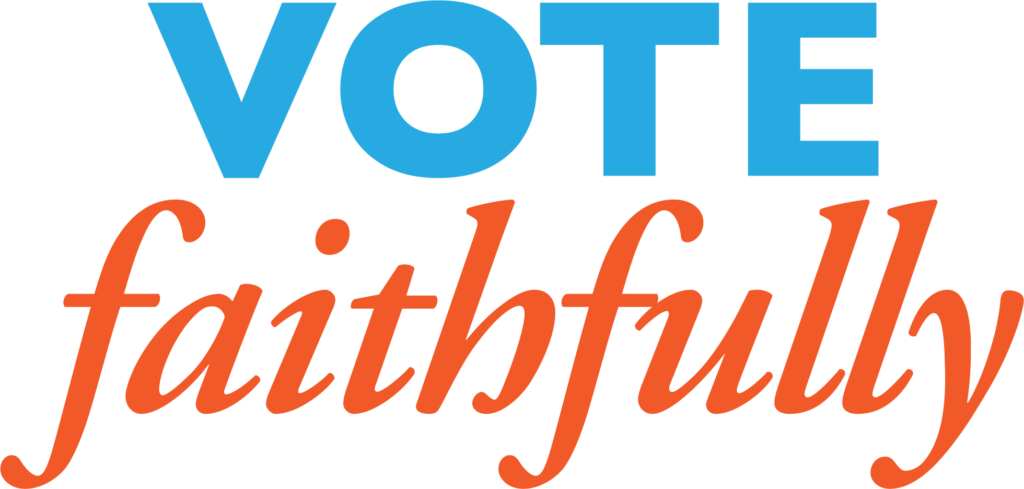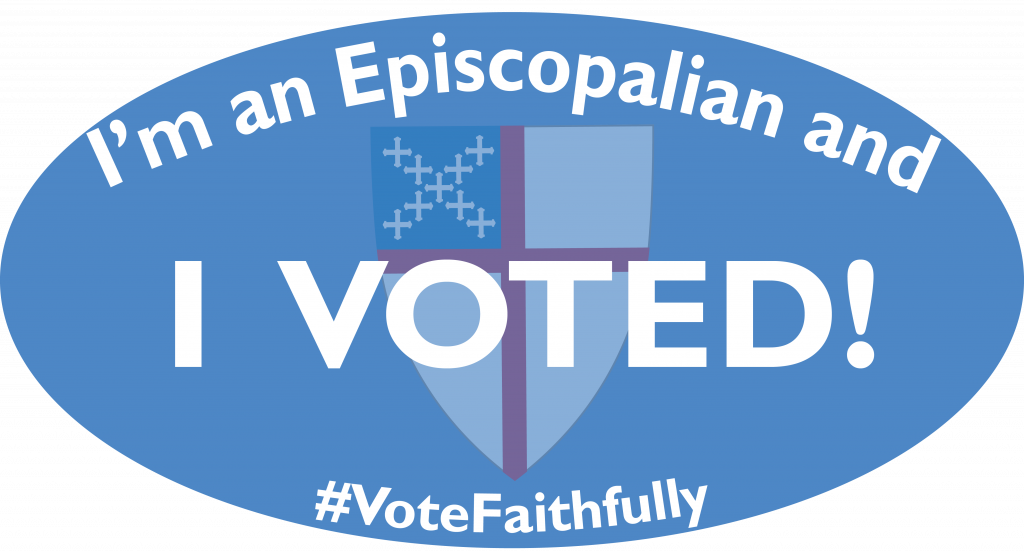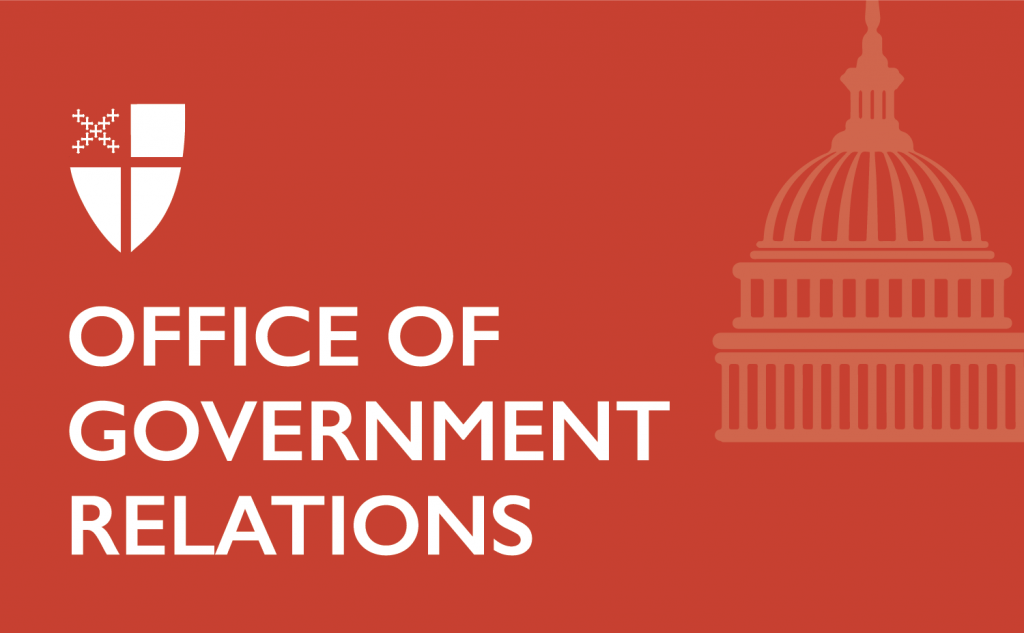Plan Your Vote

Election season is upon us in the U.S., and now is the time to make sure you – and those in your community – are ready. This year, many states have updated how voters can cast their ballot with no-excuse absentee ballots, early voting, and other measures to allow Americans to vote safely in the midst of the COVID-19 pandemic.
Prepare to cast your vote by creating a #MyVoterPlan laying out the steps you need to take and when in order to successfully vote in the 2020 election.
Step 1: Registration
- Confirm you meet the requirements. Note: some states will allow voters to register before their 18th birthday if they will be 18 on or by Election Day.
- Research the process to register (in some places it can be done online!) and know when the registration deadline is. Not all states allow Election Day voter registration, so many of you will need to register several weeks before.
- If you are already registered, confirm your registration is valid. You can learn more about the challenges of updating voter rolls and how that can disenfranchise eligible voters, here.
Step 2: Research who will be on your ballot
- While the Presidential election generates the most attention, local and state elections are also highly consequential. Use this tool to see who will appear on your ballot and research the candidates so you can make an informed vote.
- Research ballot initiatives/ballot measures. Some states offer voters the chance to weigh in directly on policy matters through ballot initiatives. Review these carefully, as the wording can sometimes be unclear and the issue complex.
Step 3: Requesting an absentee ballot/voting by mail
- Learn if you can vote by mail. Not all states allow this, even during the pandemic.
- Decide if you want to vote by mail. Even as states implement new health safety protocols due to COVID-19 for in-person voting, voting by mail is a lower risk option. Nevertheless, many voters may still wish to go to their local polling place to vote in person.
- If voting by mail, you should know:
- When and how to request your absentee ballot
- When and how to return your ballot—there may be options like returning by USPS, at drop boxes, or voting centers
- Postage requirements for returning your ballot
- How to track your ballot after mailing it in
Step 4: Voting in person
- If voting in person is your plan of choice, remember Election Day is Tuesday, November 3rd. Look up your polling place to know where to vote in person, and heed protocols in place at the polling location to keep everyone safe.
- If you want to vote early, make sure you know the deadlines! Not all states allow early voting.
- Make sure you have a way to get to your local polling station. Public transit may be at reduced capacity due to the pandemic, so double-check schedules ahead of time.
Step 5: Overcoming challenges and helping others vote
- Use our #VoteFaithfully toolkit for ideas to help get out the vote in your community! The toolkit is available in English and Spanish, and on this webpage, we will be adding more election resources as they become available.
- Voting while experiencing homelessness presents serious challenges. Tips for voting while homeless and policies by state.
- Become a poll worker! Hundreds of thousands of people serve as poll workers every election, ensuring the election goes smoothly. This year presents particular challenges, as many poll workers are older and at higher risk of serious complications from COVID-19. If you are in a low-risk category for COVID-19, consider being a poll worker for this year’s election.
- Voting advocacy is critical to protect and expand the right to vote. See our #VoteFaithfully toolkit for information about Episcopal Church policies on voting.
- Get your “I’m an Episcopalian and I voted” stickers and magnets and pins! Write to us at Office of Government Relations to get yours today.

—
Finally, a note on voting by mail and the United States Postal Service (USPS). Voting by mail in this election will be critical to prevent the spread of COVID-19. Voting by mail is also a secure way to cast our votes, and each of us must accept our personal responsibility to request and return our mail-in ballots in a timely fashion to meet deadlines. Data does not support the notion that voting by mail helps either political party. Finally, while we have advocated for federal support for increased mail-in voting, keep in mind that data shows that mail-in voting is not necessarily the best option for all areas of the country, particularly rural areas and areas with large Indigenous populations. We must continue to ensure reasonable access to polling sites or voter centers.
The USPS connects millions of Americans to vital services beyond delivering and returning ballots, and we are grateful for the hard work of the employees of the USPS particularly during this pandemic. While there are some underlying concerns surrounding the Post Office that require our attention, the reality is more complicated than it may seem. We must stay diligent about the information we consume, avoiding misinformation wherever it may arise, yet still responsive in our advocacy to direct our requests in the most effective and precise way possible. While we are encouraged by Postmaster General Louis DeJoy’s statement concerning USPS operations now and through the election, we hope that the reality of the coming months matches the high standard of service outlined in his statement and exhibited historically by the USPS. Our election depends on it.
We must continue to monitor any restrictions on the right to vote and insist on fairly conducted elections. Having just passed the 100th anniversary of the 19th Amendment that granted eligible women the right to vote, may we remember that then, as now, some Americans are still not able to vote or to access fair representation, often through indirect ways. Our democracy requires our participation through exercising our right to vote and our diligence in expanding and maintaining that right for all.
Contact:
The Office of Government Relations
eppn@episcopalchurch.org

